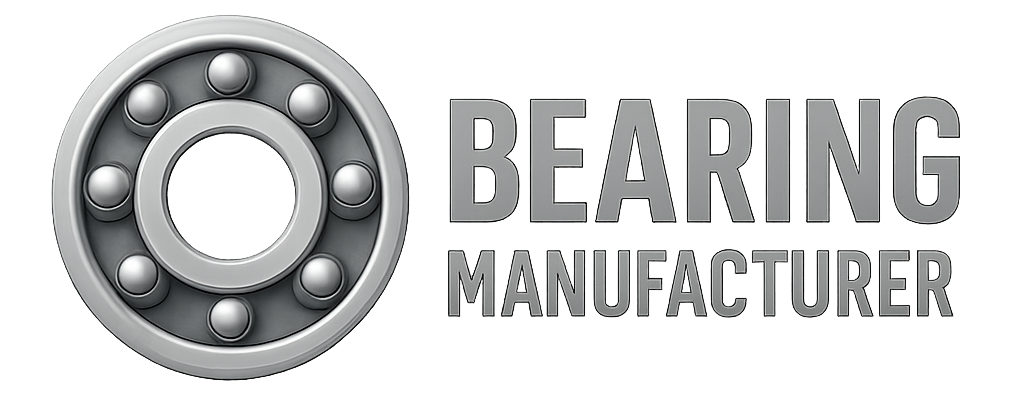Removing a bearing from equipment is a critical maintenance task that directly affects both machinery performance and bearing service life. Whether you’re an engineer, technician, or maintenance planner, knowing how to remove a bearing safely and efficiently is key to avoiding equipment damage, minimizing downtime, and ensuring personal safety.
This article provides a detailed overview of proven bearing removal methods, tools, and tips to help you execute this task correctly across various industrial applications.
Why Proper Bearing Removal Matters
Bearing removal refers to the process of extracting a bearing from its mounting position within a machine or assembly. If done incorrectly, removal can damage not only the bearing but also shafts, housings, and surrounding components. Proper technique:
-
Protects equipment from costly damage
-
Ensures bearing reusability in some cases
-
Enhances operational uptime
-
Supports compliance with industry safety standards
The method you choose depends on the bearing type, fit, access limitations, and size. Below, we detail the most effective approaches and provide professional guidance for each.
Common Bearing Removal Methods
1. Using a Bearing Puller
Bearing pullers are purpose-built tools that allow you to remove bearings without harming adjacent parts.
Advantages:
-
Minimizes shaft and housing damage
-
Compatible with multiple bearing sizes
-
Available in mechanical and hydraulic variants
Application Tips:
-
Use the right puller size and jaw shape for your specific bearing
-
For ceramic or non-metallic bearings, use non-damaging jaw materials
-
Mechanical pullers suit light-duty tasks; hydraulic types are better for large or seized bearings
2. Hydraulic Bearing Removal
Hydraulic tools apply controlled, high-force pressure and are ideal when bearings are tightly fitted or large in size.
When to Use:
-
Bearings with interference fits
-
Bearings mounted in heavy industrial equipment
-
Tight-access locations where mechanical pullers can’t reach
Key Benefits:
-
High precision and force control
-
Reduces risk of damage or misalignment
-
Suitable for repeated maintenance applications
Always monitor pressure and ensure centered application to avoid shaft bending or component stress.
3. Hot Oil or Steam Removal (Thermal Expansion Method)
This method involves heating the bearing or housing to expand the metal and reduce fit interference.
How It Works:
-
Heat causes thermal expansion, creating clearance between bearing and mounting surface
-
Can be applied using hot oil or steam
Risks to Consider:
-
Burn hazards—requires proper PPE and procedures
-
Overheating may alter metal structure or hardness
-
Potential for fire or explosion, especially with oil
-
Uneven heating can lead to misalignment or warping
Best Practices:
-
Use controlled, even heating
-
Avoid exceeding safe temperature thresholds
-
Ensure ventilation and fire safety protocols
4. Brute Force (Not Recommended)
Using hammers or prying tools to forcibly remove bearings is discouraged unless unavoidable.
Drawbacks:
-
High risk of shaft or housing damage
-
Misalignment risk on reassembly
-
Personal injury due to tool slippage or breakage
Reserve this method for non-critical or end-of-life components only.
Best Practices for Safe and Efficient Bearing Removal
To improve safety, efficiency, and equipment longevity:
-
Follow Manufacturer Guidelines: Ensure you’re using removal procedures specific to the bearing type and mounting.
-
Use Proper Tools: Match tooling to bearing size and material (e.g., ceramic, thin-section, etc.).
-
Prioritize Safety: Wear appropriate protective gear and follow safety protocols.
-
Provide Staff Training: Well-trained personnel can reduce error and avoid damage.
-
Avoid Risky Methods When Possible: Use hot oil or brute force only as last resorts.
-
Seek Expert Input: Consult application or product engineers when working with high-value equipment or critical systems.
Consider Disassembly During Design
If a bearing is difficult to remove, the root cause may lie in poor design planning. When possible, engineers should design bearing seats and housings to allow easy removal and replacement. Doing so offers:
-
Easier maintenance
-
Greater likelihood of bearing reuse
-
Extended equipment lifespan
Design for disassembly is a key best practice for OEMs and machinery manufacturers.
In Summary
Effective bearing removal is not just a matter of maintenance—it’s a critical step in preserving equipment integrity, reducing operational risks, and extending the life of your machinery. As this guide has shown, selecting the right method—whether mechanical, hydraulic, or thermal—can make all the difference in achieving safe and damage-free disassembly.
At Bearing Maker, we support these best practices by offering high-performance bearings engineered for durability, precision, and ease of maintenance. Whether you’re designing for long-term serviceability or planning routine equipment overhauls, trust Lily Bearing to provide the quality and reliability that industrial applications demand.
